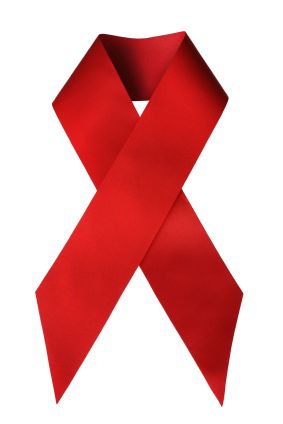Patients Centricity Canada
Optimize the Patient Experience: Collaborate with Key stakeholders to deliver value at every stage of the patient journey.
Managing A Bug With A Blog
I may not be the best person to write a blog on the experience of living with HIV and the use of social media for support and information. Yes, I am HIV positive, have been since 2002 – that’s 10 years of living among the four, as I call it: me, myself, I… and the bug.

I won’t say it wasn’t easy when I found out. It was hard. But not because I felt I had received a death sentence or that I was going to get sick and lose myself in an orgy of medicine, doctors, hospitals, and ultimately a hospice.
By 2002, HIV had already become a manageable chronic disease – if you were fortunate enough, like me, to be a white, well-insured gay man living in the best possible place in the world for HIV care and treatment, which was San Francisco. No, my burden was the shame and humiliation of getting infected after working, by that time, almost 15 years as a HIV behavioral researcher, evaluator, policy wonk, and activist. It was devastating. The psychological slam I got that day in August of 2002, standing at the airport in San Francisco having just returned from a week in Cabo San Lucas was like nothing I’ve ever experienced. I had unfettered access to all the latest information on how to deal with HIV as a disease – after all, I was working for the San Francisco Department of Public Health at the time, as a consultant to the HIV unit. What I didn’t have was support in a way that went beyond the mechanics of dealing with the virus, like taking pills, getting your blood work monitored, eating well, etc. There was no Facebook or social network universe as vibrant as there is now to tap into for the kind of social and psychological support I craved.
I joined a study at the University of California/ San Francisco in the hopes that offering myself up as a guinea pig to be studied would make someone else’s journey a bit easier down the line. Ultimately, I moved to New York City and pulled myself together by getting a job in a HIV clinic at a hospital in midtown Manhattan. The job offered not only financial security, but more importantly comprehensive health insurance, which, in today’s America, is not always available to everyone who needs it. I was taken care of, but I know from working at the clinic that people living with HIV in the United States are not all taken care of. Some are uninsured and unable to pay for their medications; some are homeless, drug addicted, or mentally ill. Many still suffer the consequences of stigma – shunned by their families, fired from their jobs, discarded and hopeless.
Fortunately, in 2012, there are many resources available to meet this complex and challenging disease. A simple google search will get you an endless array of support groups, medical information, chat rooms, blogs, and studies that can answer just about any question you have. My favorites include Mark S. King’s My Fabulous Disease, Poz Army: How We End AIDS Together, and the POZ Staff Masthead musing on HIV/AIDS.
Being a researcher at heart, my favourite resources are ones that detail the ever-changing landscape of medications to fight the disease – Treatment Action Group is my first choice. And of course, there’s Facebook, where you can “like” a multitude of pages on support, medical information, research, links to benefits and legal assistance.
Living with a chronic disease in 2012 is vastly different than it was in 2002 and certainly 1992. Today, HIV is back to being something I do as a job, not as a life.
Patients Centricity Canada
Optimize the Patient Experience: Collaborate with Key stakeholders to deliver value at every stage of the patient journey.
